0xc1900131 Windows Update Error: 5 Ways to Fix It
Restarting Windows services works for many of our readers
4 min. read
Updated on
Read our disclosure page to find out how can you help Windows Report sustain the editorial team. Read more
Key notes
- The 0xc1900131 error interrupts the update process and makes it impossible to get new patches and features for your computer.
- Hardware problems, as well as outdated drivers and corrupted system files, are often the cause of this error.
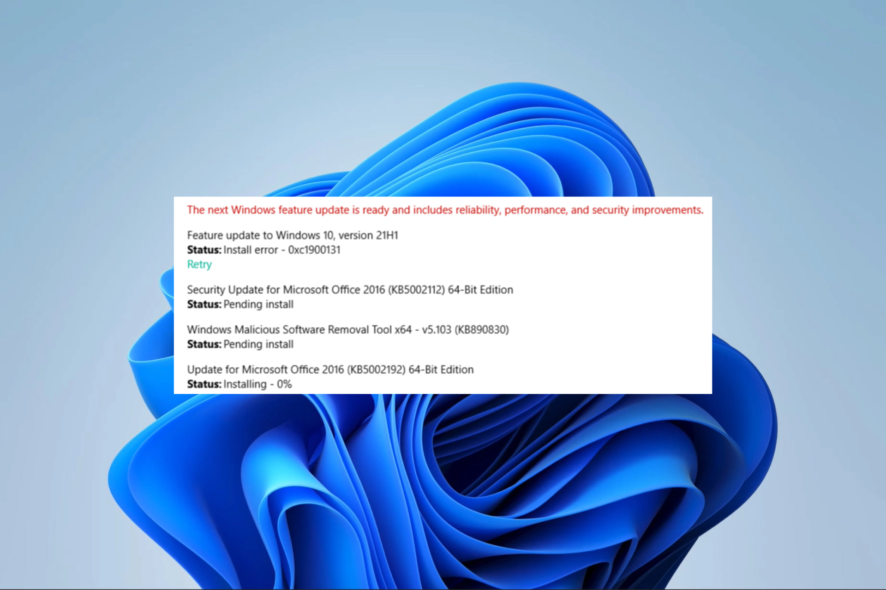
We all know how important updates are for the Windows OS, they can provide fixes, patches, and more importantly increased security for your devices.
Many users, including myself, have encountered the 0xc1900131 update error, which makes it impossible to update and install these patches. Sometimes you get the notification the install cannot continue because the instance hash does not match.
In this article, I will show you a few ways that you can work around this error and have your system up to date in no time.
What is the 0xc1900131 Windows update error?
This is a common Windows error that indicates there was an installation failure or an interruption during an update, it can be caused by several factors:
- Corrupted system files – Corruption may ruin an update’s integrity and stop the process from completely executing.
- Insufficient disk space – Sometimes, low disk space has triggered this error, so we recommend getting additional storage before the update.
- Invalid registry entries – A few registry files are tied to the update process. If these files have a problem, you may experience the 0xc1900131 error.
- Driver issues – Outdated, incompatible, or corrupted drivers also cause the update error on Windows 11.
While this is not an exhaustive list, it would help you determine which solutions below are most applicable.
How do I fix error 0xc1900131?
Before going into any detailed fixes, the following workarounds may be helpful:
- Free up disk space – We recommend removing temporal or unnecessary files or getting additional storage.
- Restart your computer – A reboot may fix minor glitches that trigger the error, so the first step may be to reboot and retry.
- Use a fast internet connection – Changing your ISP may help since a slow internet connection may lead to update failure.
If you fail to fix error 0xc1900131 with the above steps, proceed to the more detailed solutions below.
1. Run a file scan
- Press Windows + R, type cmd, and hit Ctrl + Shift + Enter.
- Type the script below and hit Enter.
sfc /scannow - Now run the following scripts to fix the error spotted by the scan:
DISM /Online /Cleanup-Image /CheckHealthDISM /Online /Cleanup-Image /ScanHealthDISM /Online /Cleanup-Image /RestoreHealth - These scripts may take a while to execute, but once completed, restart your device and verify if the update error still exists.
You can easily automate the scan process by using specialized Windows repair software. These tools will greatly simplify the repair process of any system file.
2. Run Windows Update troubleshooter
- Press Windows + I to open the Settings app.
- On the right pane, click on Troubleshoot.
- Select Other troubleshooters.
- Click the Run button in front of Windows Update.
- Wait while the process executes, then apply the recommended changes.
3. Restart Windows services
- Press Windows + R, type services.msc, and hit Ctrl + Shift + Enter.
- Search for the Background Intelligent Transfer Service and double-click on it.
- If it is not running, click on Start.
- Start the Windows Update service using the same steps, then verify that the 0xc1900131 error is fixed.
4. Run the Check Disk utility
- Press Windows + R, type cmd, and hit Ctrl + Shift + Enter.
- If you use a HDD, type the script below and hit Enter:
chkdsk c: /f - If you use an SDD, type the script below and hit Enter:
chkdsk c: /f /r /x - When there are hard drive errors, hit Y to complete the process, then restart your computer.
5. Reset update components
- Press Windows + R, type cmd, and hit Ctrl + Shift + Enter.
- Stop vital services by running the scripts below (You may have to confirm the actions by hitting Y or N):
net stop bitsnet stop wuauservnet stop appidsvcnet stop cryptsvc - Restart the services by inputting the scripts below, hitting Enter after each one:
net start bitsnet start wuauservnet start appidsvcnet start cryptsvc - Restart the computer.
There you go. Most of the time, you can fix this error by running scripts on an elevated command prompt. Read this guide if the Terminal is not launching.
We want to hear from you, so tell us in the comments below which solutions were effective for you.
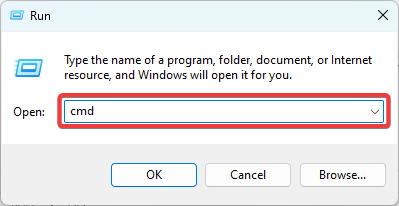



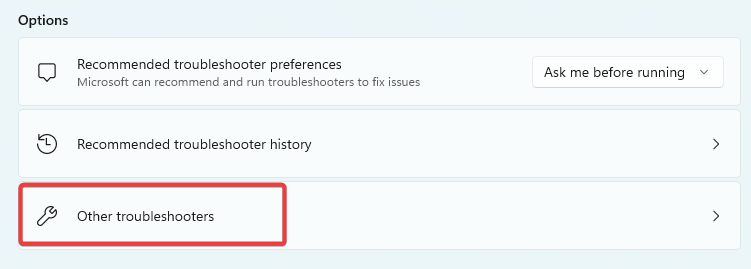






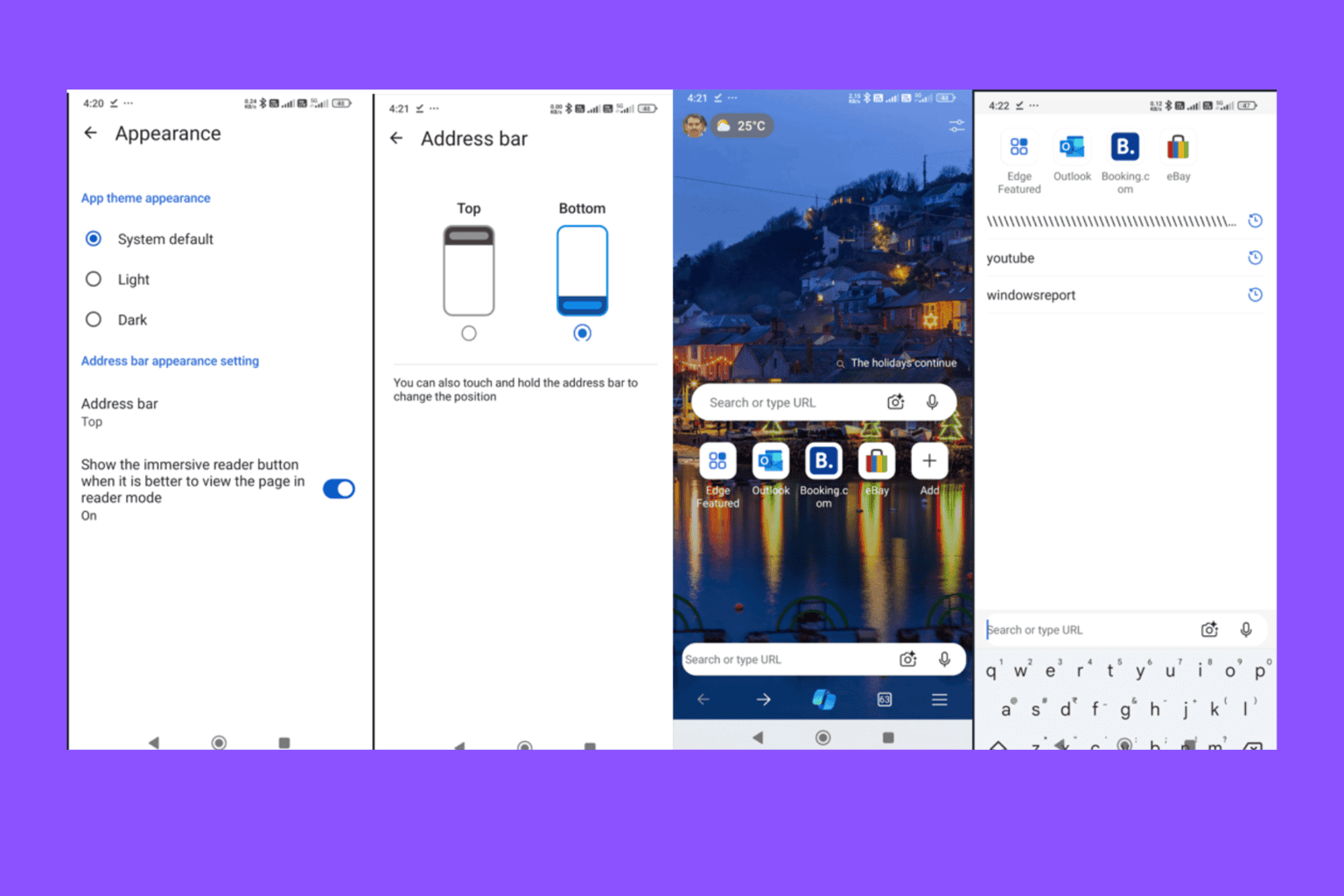
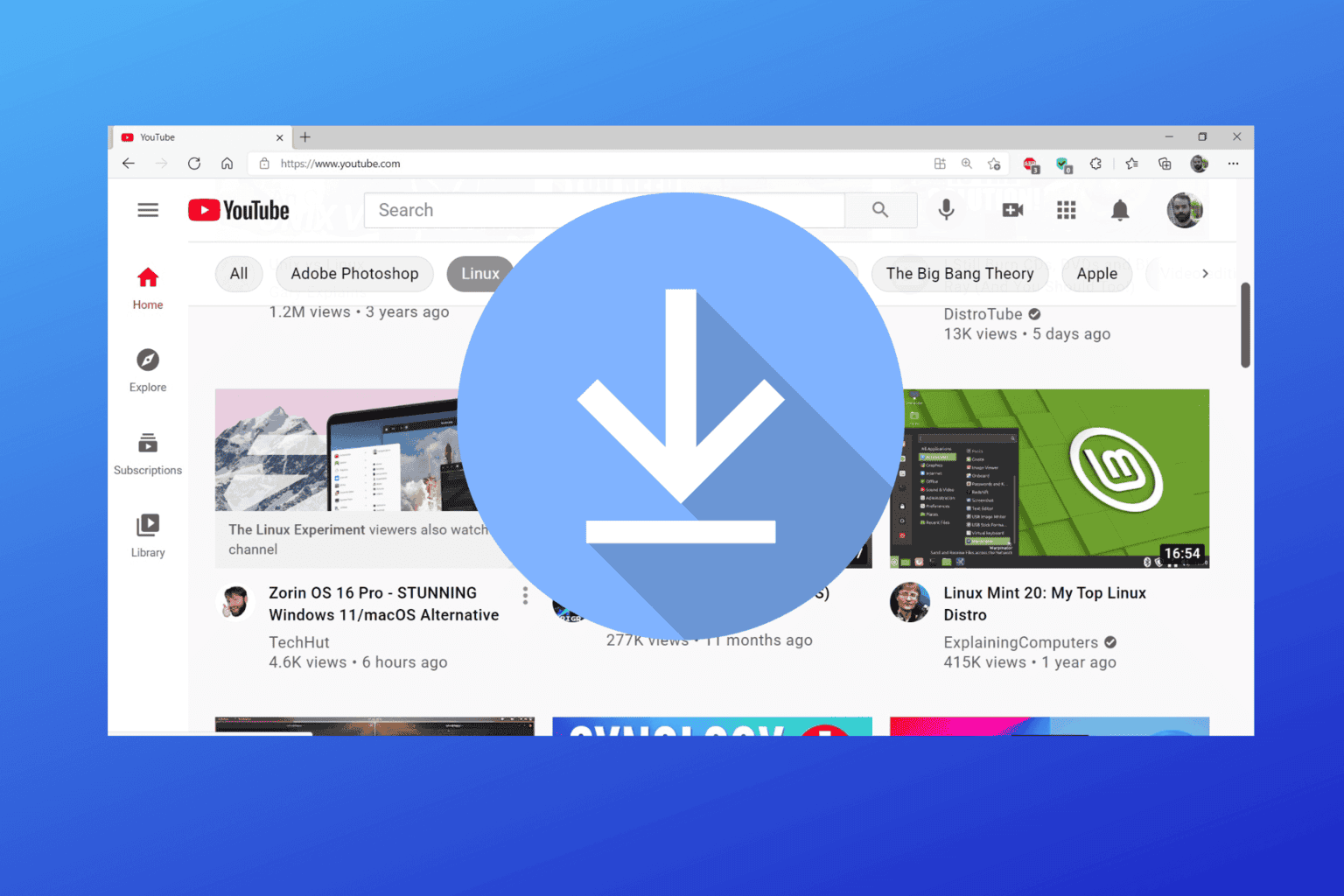

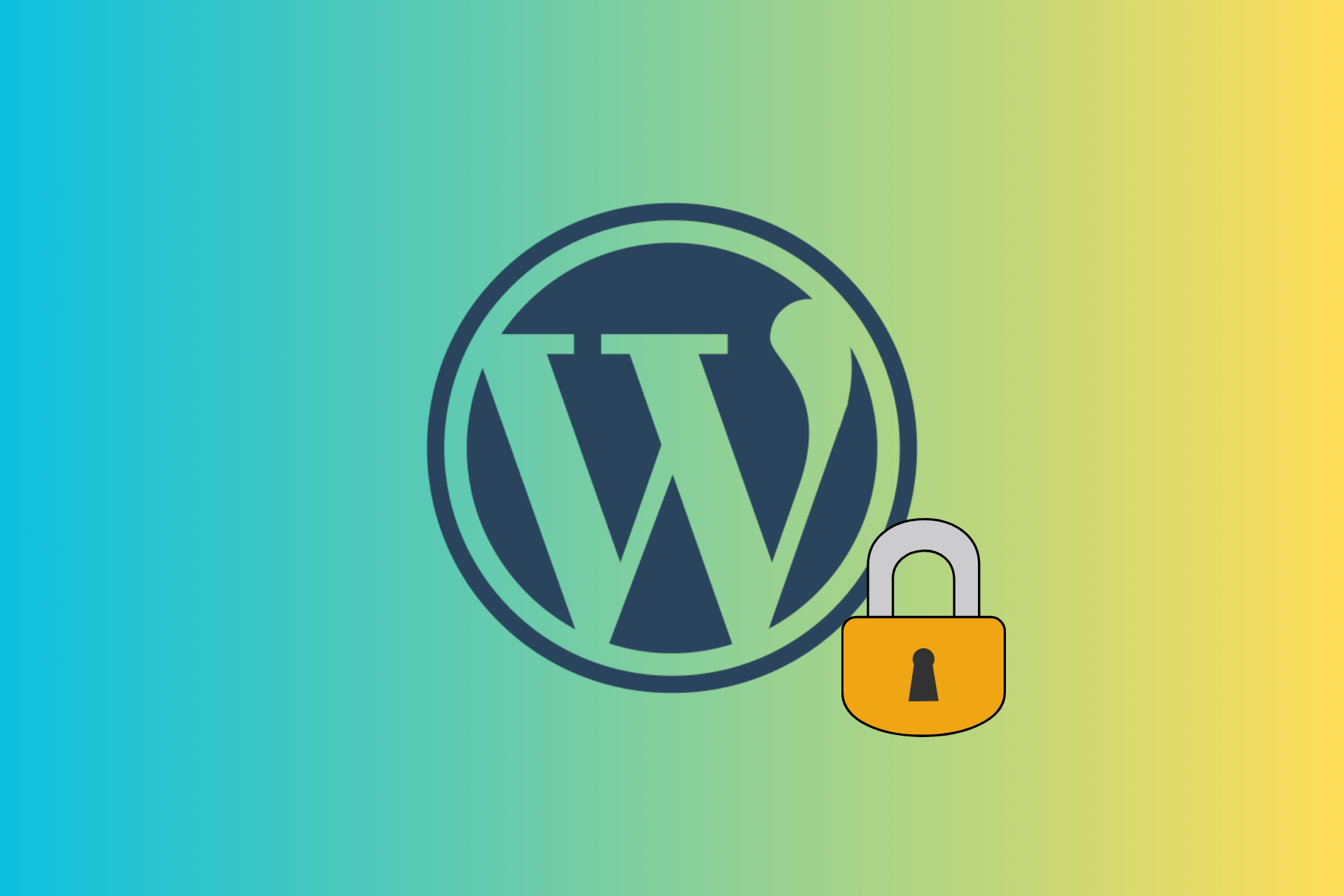
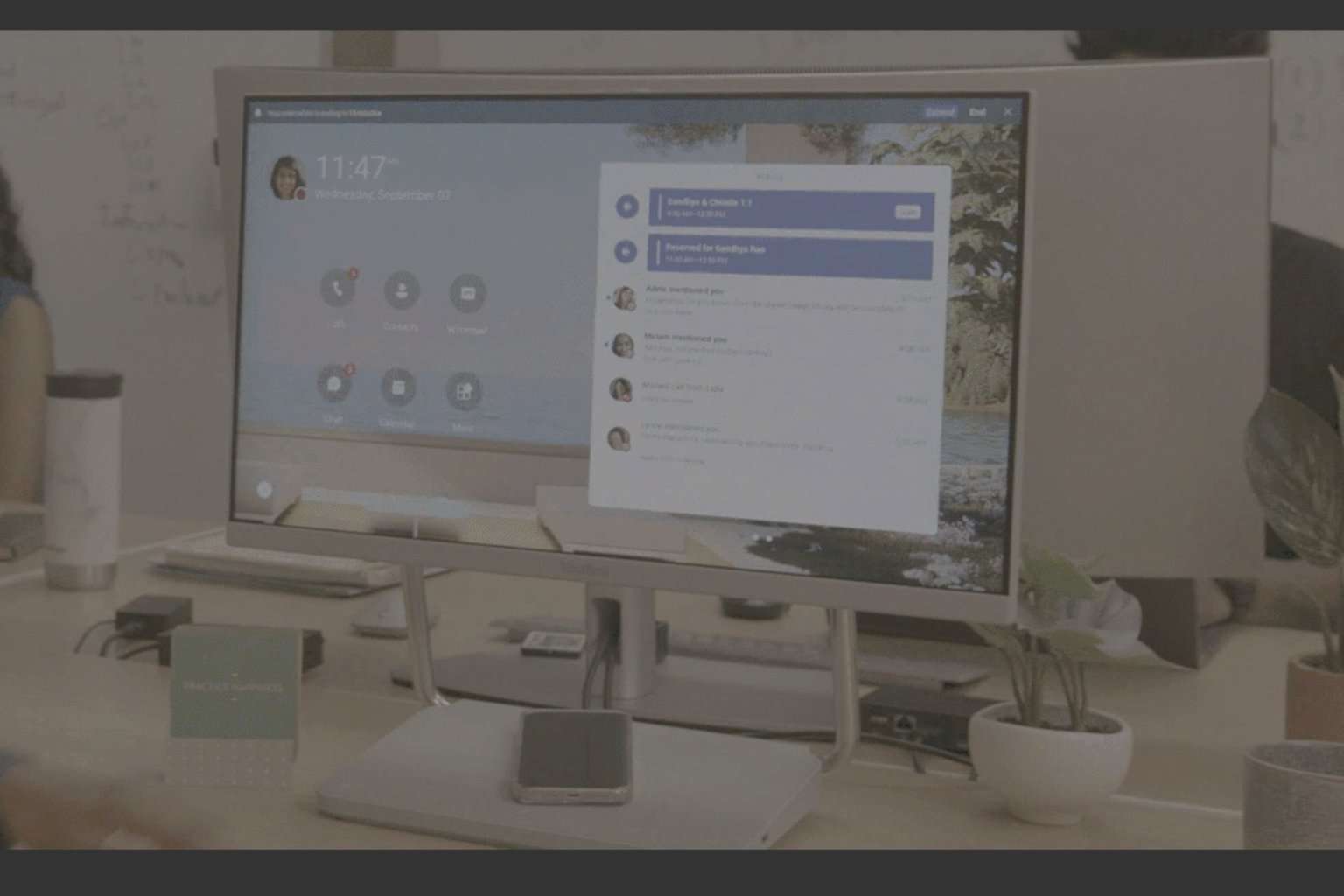
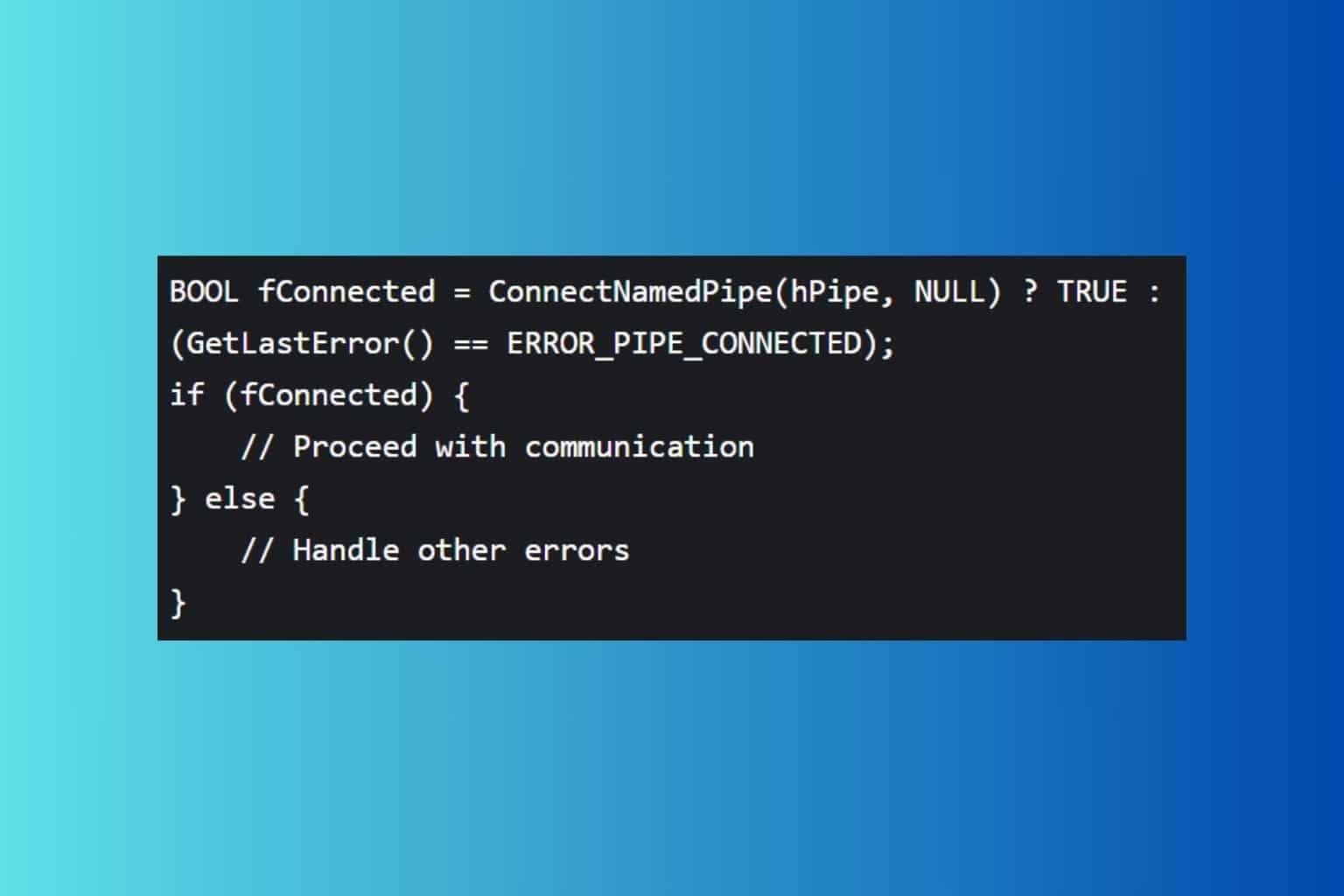


User forum
0 messages